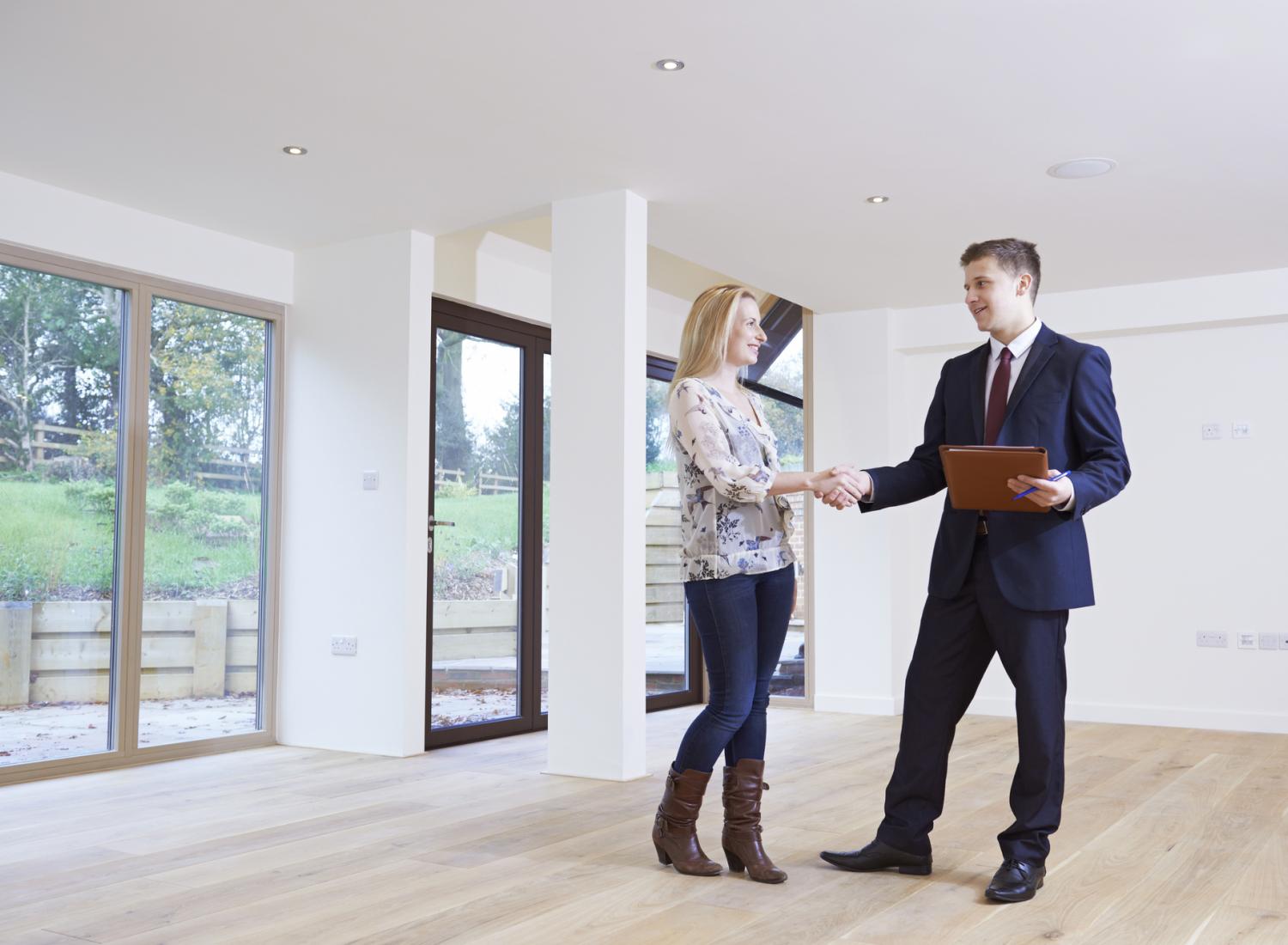Property Investing
Indeed, on the BRW Rich 200 list almost all of the people listed either made their fortune from real estate or have a substantial amount of their fortune in real estate and it’s easy to see why.
Over the last 100 years median priced residential house have only dipped three times (in 1932, 1974 and 2008/9). In all other years house prices have been the same or risen.
Residential has always been considered as a long term investment as the investor doesn’t care where the “market is in its cycle at present as he knows that historically that in 7-10 years the price should double. It is nice to get in just before prices rise because you will quickly have enough equity in the investment to equal the purchase cost plus all acquisition costs. This way if you are forced to sell you will at least get your money back.
My strategy in buying Real Estate
- Find an area where gross rental yields are 6.5% or greater
- Find areas identified as a high growth area( hopefully projected at least 10% per annum over the next 3 to 5 years)
- Property has to be built after 15/9/1985
- Able to be “cosmetically renovated” so we can build in instant equity
Step 1
Identify Area/ Suburb Most people look for areas to invest near their home or in their capital city. I would look at an area that’s on the move now I recommend you get a copy of a residex report which has the top 100 post codes predictions for each state showing average prices and rental income as there forecasting is as good as you are going to get than talking to real estate agents. Also the Australian Property Investor magazine less than $10 has some really good information and research on property. Also the Real Estate Institutes in each state have lots of data on their state – search for these on the internet.
Step 2
Get a road map for the suburbs you are interested in
Once you have identified an area I get a local road map. This will tell you –
- Where the area actually is
- If it has a train station
- How far it is from CBD of that state
- If it is near water, e.g. lake or bays, etc
- What the busy streets are (usually marked in black or yellow – avoid these).
- Location of parks, schools.
It is vital that when an agent tells you about a property you are able to see immediately (from the road map) if it is located in a suitable position. For example, if it is located on a busy street or near a waste recycling area it is not worth driving out to see it.
Step 3
Get the local paper for the area
Check for yourself the market what rents are being advertised and how much property is selling for and the number of properties on the market.
Step 4
Contact local agents to establish what rents are and how tight the rental market is and what is for sale.
Step 5
Try to establish why some parts of the suburd are “ the expensive part” and others “ the cheap part”.
After doing all your homework you should feel more comfortable with all the research you have done to help you make the right decision. Of course once you find the right property you need to crunch the numbers to see if you can afford the repayments.

